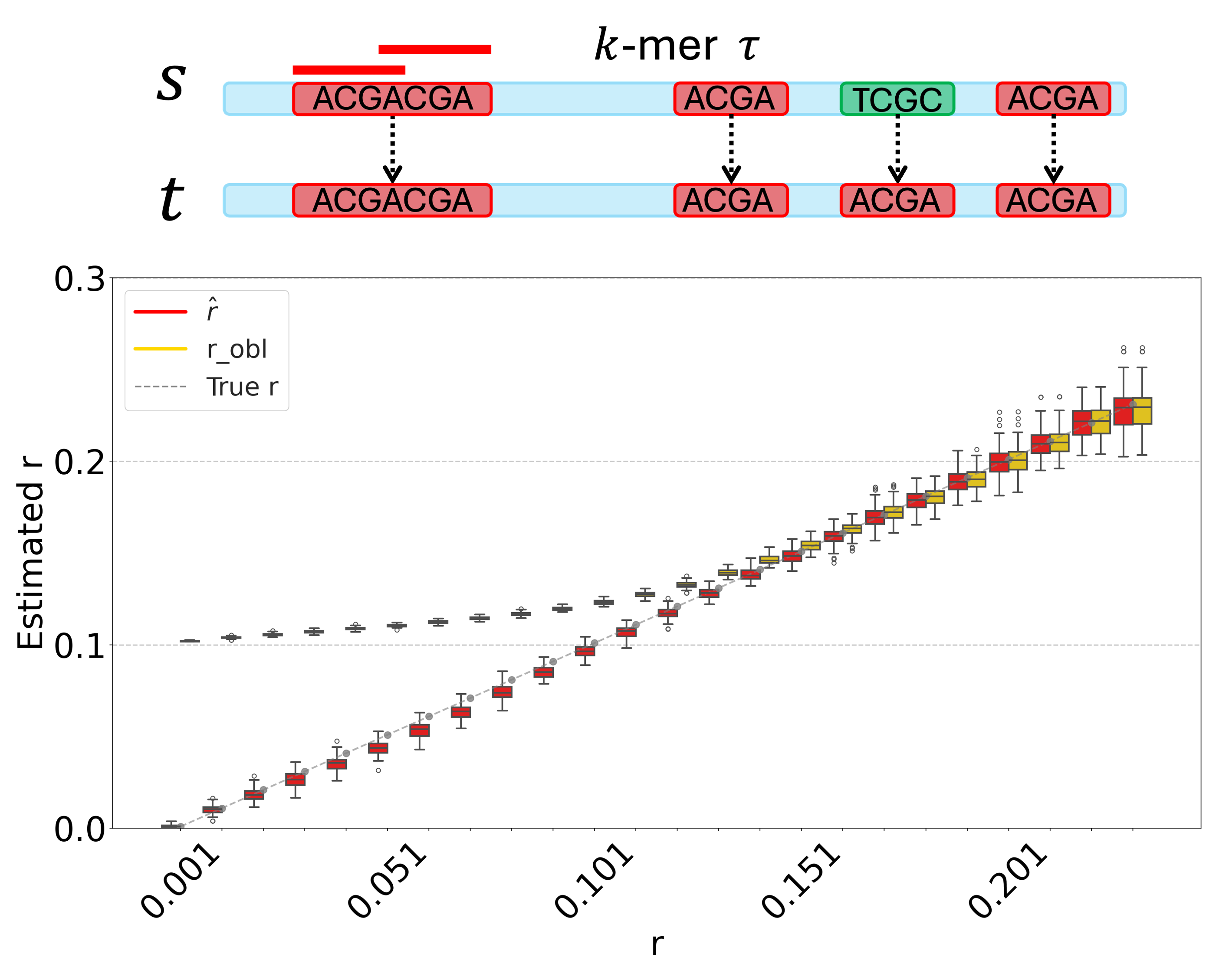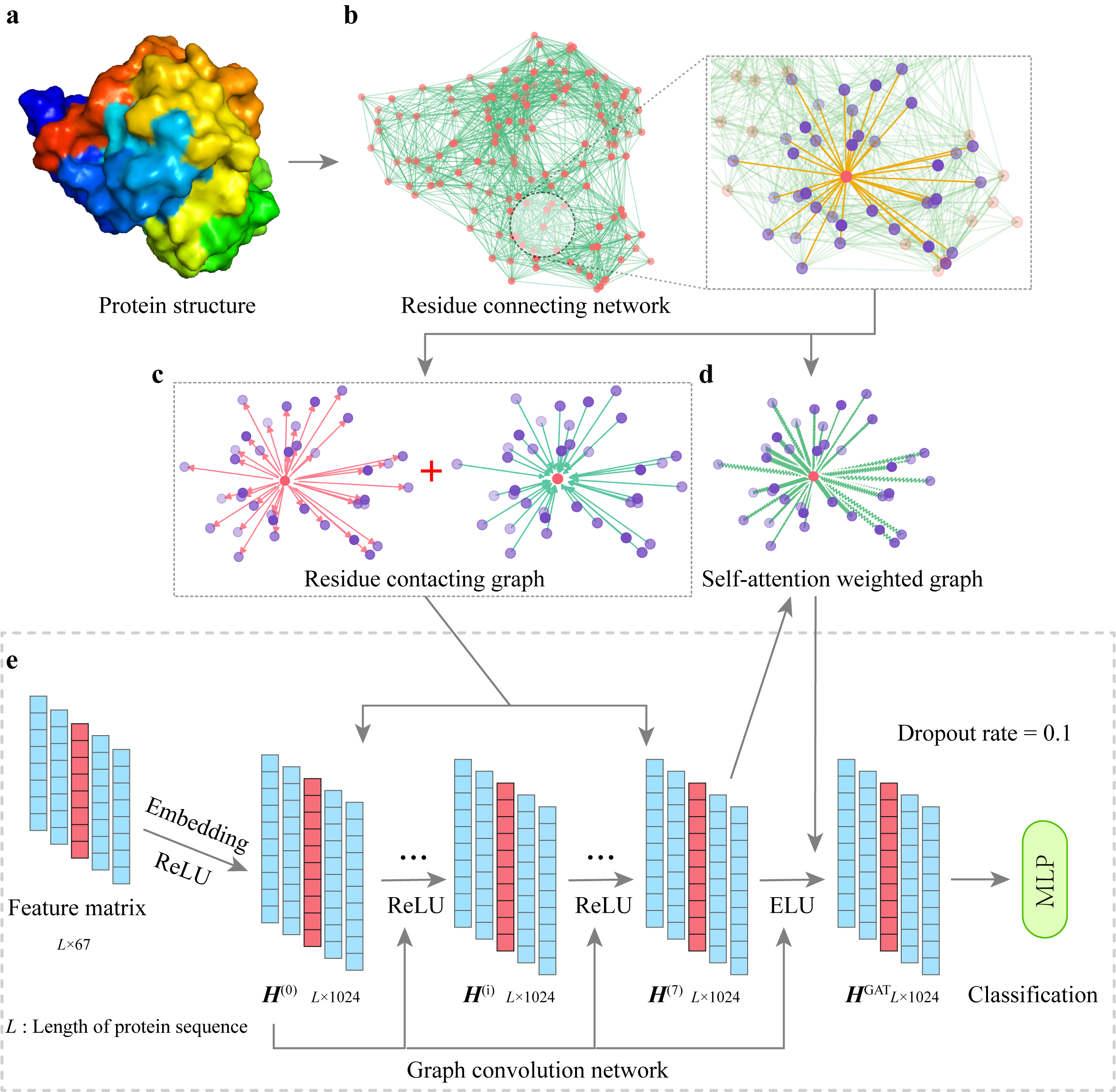Haonan Wu (吴昊楠)
Department of Computer Science and Engineering, The Pennsylvania State University.

506, Wartik Lab
360 Science Drive
State College, PA, USA
Hi guys! I am a Ph.D. student in Computer Science and Engineering at Penn State, under the supervision of Dr. Paul Medvedev.
Previously, I obtained my M.S. in Operations Research (OR) and B.S. in Biotechnology at Shandong University.
Research interests
I am interested in developing algorithms/tools/theories for bioinformatics and addressing biological problems via these methods. So, I aim to
- Design methods with solid math/algorithms or at least mathematical intuition.
- Build practically useful tools with heuristics benefiting the bio/bioinfo communities.
Currently, I am working on estimating distance by an alignment-free method and building theories behind common heuristics applied in alignment tools.
news
| Oct 08, 2025 | I will present “A k-mer-based estimator of the substitution rate between repetitive sequences” at Genome Informatics 2025. |
|---|---|
| Jun 14, 2025 | Our Paper A k-mer-based estimator of the substitution rate between repetitive sequences was accepted by WABI 2025. |
| Apr 25, 2024 | I passed the Qualifying Exam in the CSE PhD program at Penn State 🎓. |

